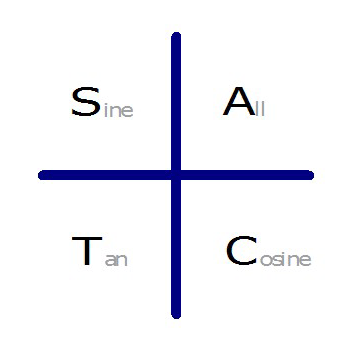Neuron Structure:
There are three main types of neutrons, each with similar but slightly different structures. These neutron types include Interneurons, sensory neurons, and motor neurons, each shown below. These three neuron diagrams each consist of an axon, dendrites, a cell body, and a nucleus (real neurons also possess a myelin sheath as well as terminal branches/bulbs).
Interneuron:
In this diagram the dendrites are shown in yellow (thinner branch-like projections) at the ends of the axon which is also modelled in yellow and are the longer and thicker arms radiating out of the center.
In the centre is the cell body (soma) shown in pink which contains the nucleus (shown in orange).
Motor Neuron:
In this diagram the dendrites are shown in pink and once again resemble rather thin, branch-like projections. The axon is modelled in pink and is the longer thicker arm that radiates downwards towards the axon terminals at the bottom of the diagram.
The cell body (soma) is shown in orange and the nucleus is shown in yellow.
Sensory Neuron:
In this diagram, the axon (shown in orange) is the long segment that runs down the middle, the dendrites and axon terminals are shown also in orange ateihter end of the neutron.
The cell body (soma (shown in pink)) is not located along the axon in sensory neurons, it is instead found more outside of the rest of the cell. The nucleus is located within the cell body and is shown in pink.
Neuron Function:
How does an Action Potential (AP) move along the nerve fibre?
Resting Potential– resting potential is the state of the axon before and after and after action potential has passed through. In this state, the inside of the axon has a voltage of approximately -70mV, therefor, the inside of the axon is negatively charged.
Depolarization- when an electrical stimulation travels down the axon in a chain reaction the incoming message triggers depolarization, depolarization is the process of the axon opening channels in its membrane that allow only Na+ to pass through from the outside of the axon to the inside.
Repolarization- repolarization occurs when channels open in the axon membrane to allow K+ ions to leave the axon and replace Na+ on the outside of the axon, here the voltage will drop slightly below typical resting potential voltage but then quickly return to resting potential —> the next segment of the axon is now going to depolarize.
Synapse Structure:

The Synapse, demonstrated in the diagram to the left is the space or “gap” between the axon terminal of one neuron and the dendrite of another neuron. Other structures present at the synapse include neurotransmitters, synaptic vesicles, and receptor sites. the synapse also has a membrane (synaptic membrane) that allows for optimal diffusion of neurotransmitters.
Synapse Function:
the synapse is the name of the tiny space present between the axon terminal buttons and the receiving ends of dendrite from other neurons. At the axon terminal buttons neurotransmitters (NT) are produced and stored within synaptic vesicles. when an action potential (AP) reaches an axon terminal, it causes the synaptic vesicles to release the NT into the synaptic gap, NT’s will then diffuse through the gap where they will bind to receptors on the receiving dendrite of the next neuron. The receptor can be either excitatory or inhibitory and this is what determines whether or not the effects of the NT will be felt. Enzymes are also present in the synaptic gap to recycle NT’s, without the recycling of NT’s the effects of the NT would be everlasting.


















